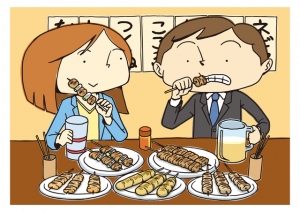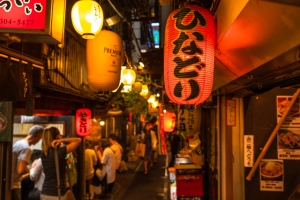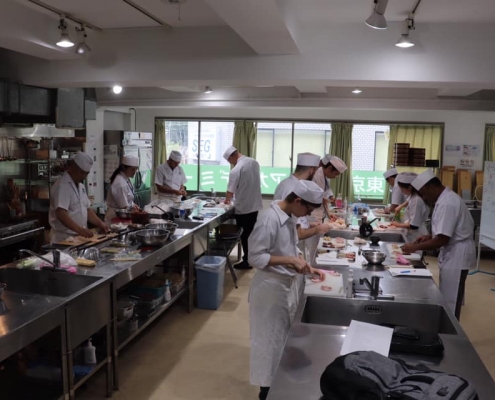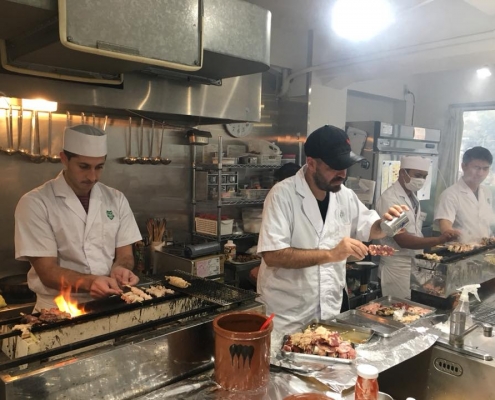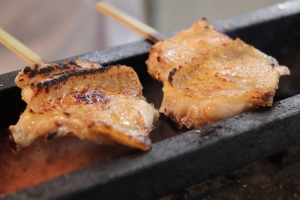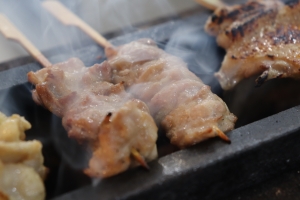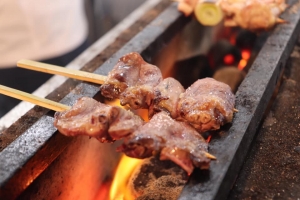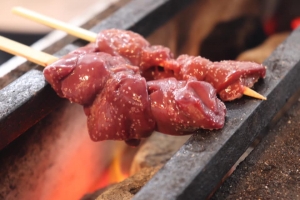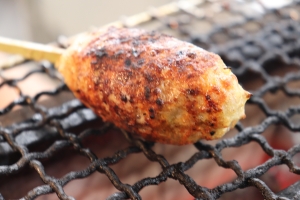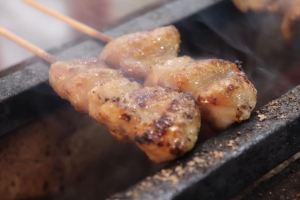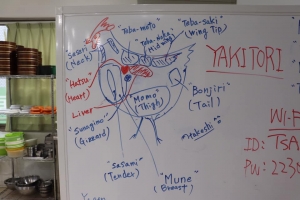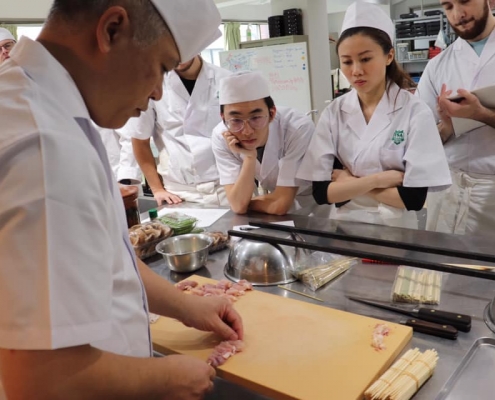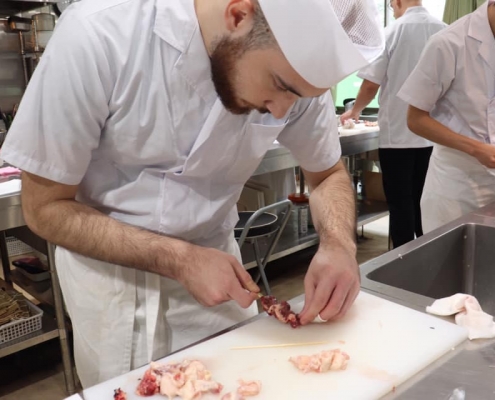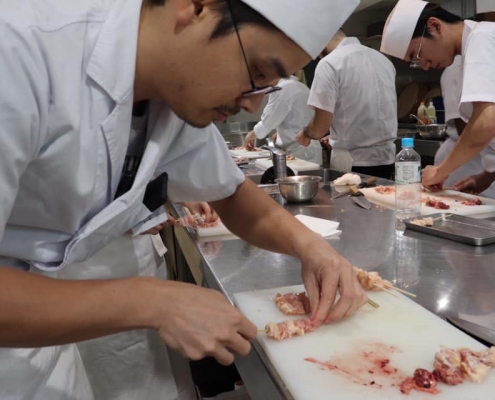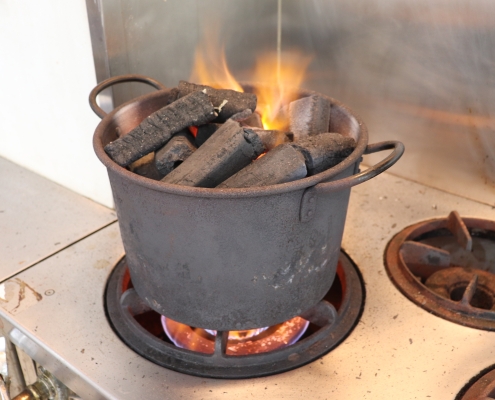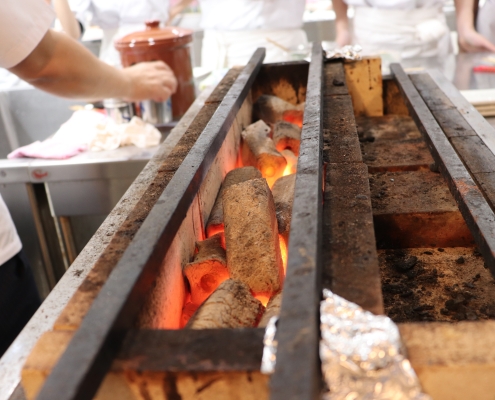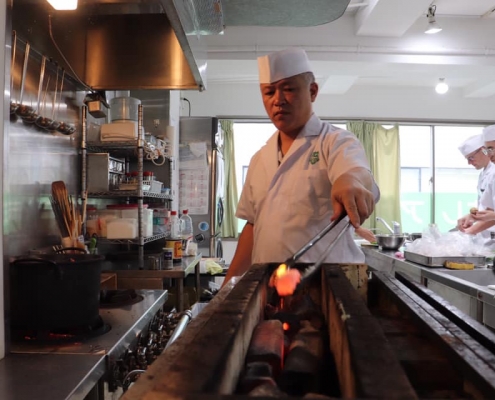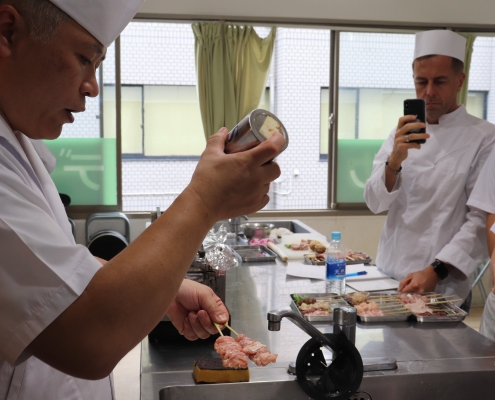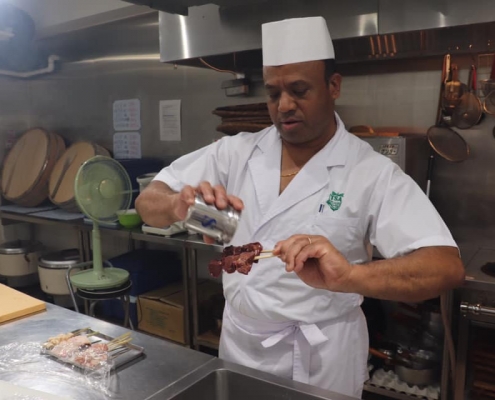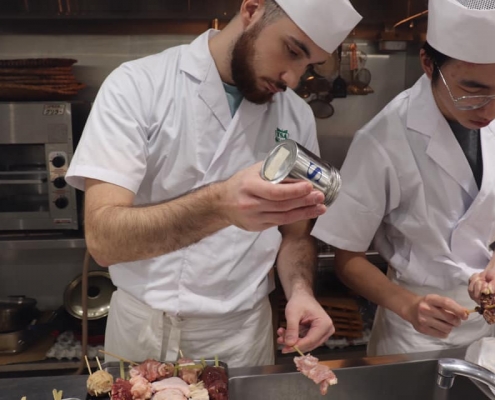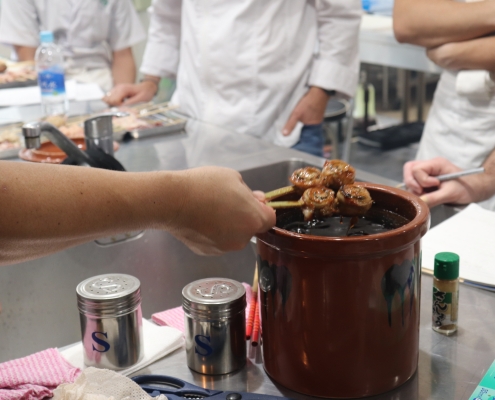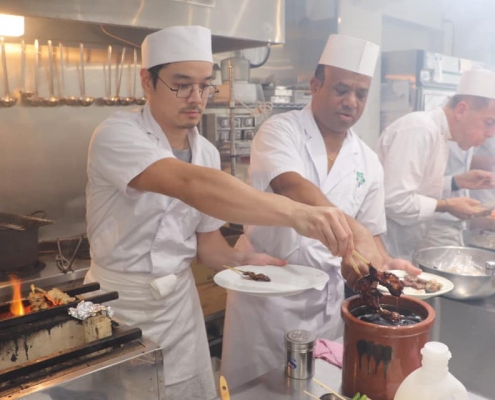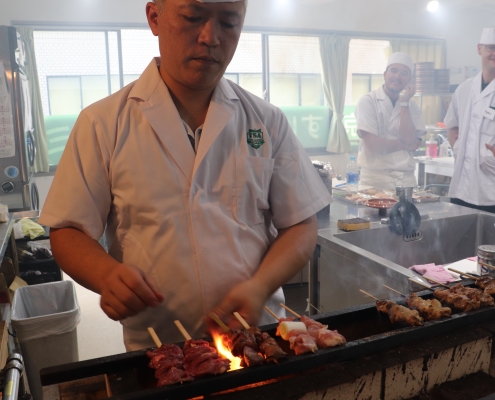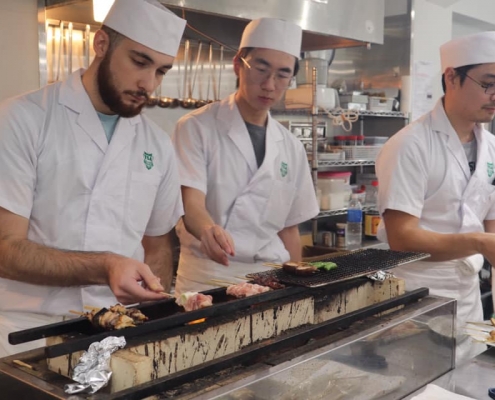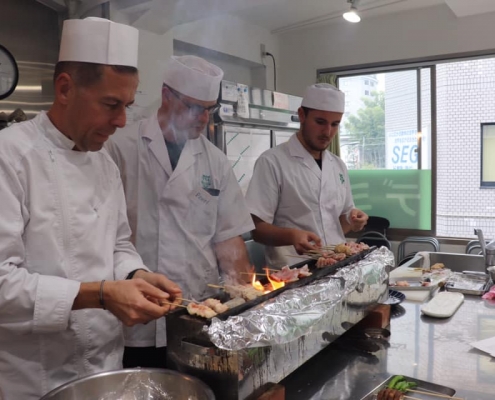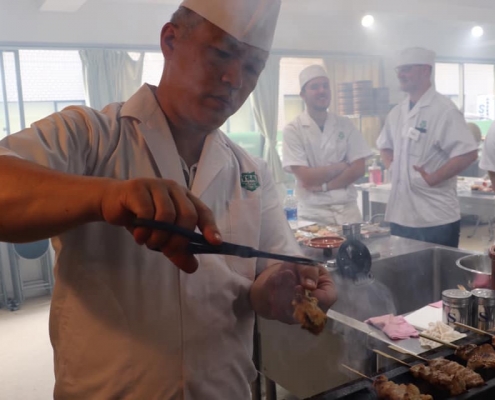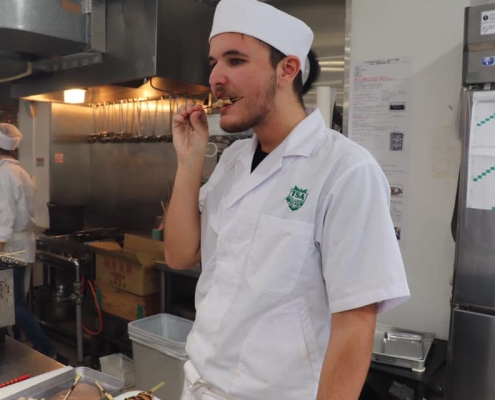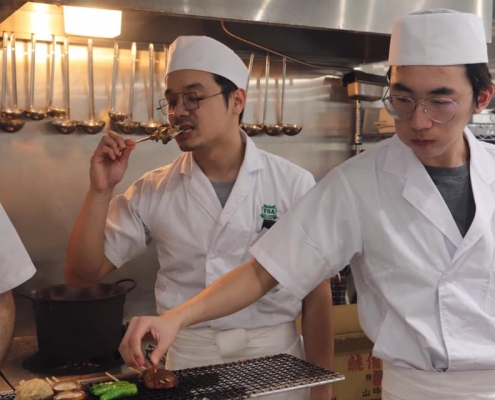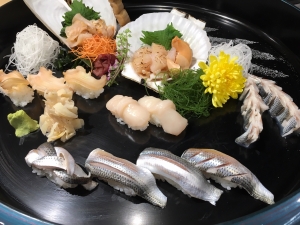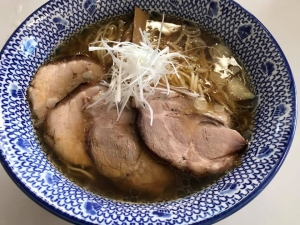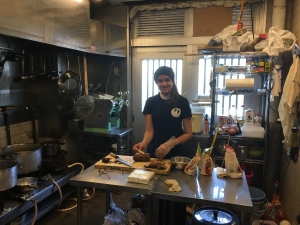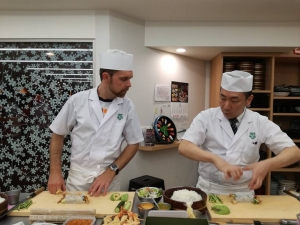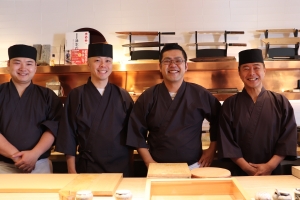How to make yakitori? – Yakitori class in Japan for English speakers
June 17 2021 Updated
In Netflix’s Ugly Delicious in 2018, David Chang visited Masakichi, a yakitori restaurant in Tokyo. The charismatic chef in New York learned how to grill yakitori and the episode was highly received. As more visitors from abroad enjoy yakitori at a restaurant that specializes in the dish or izakaya (Japanese-style pub),
yakitori ranks third following sushi and sashimi in “My favorite Japanese cuisine,” a questionnaire conducted in China, Hong Kong, Taiwan, South Korea, the United States, France, and Italy (according to a report issued by JETRO in 2013). Of course, Japanese people love yakitori as well.
Yakitori seems to be a simple dish that grills chicken on a skewer, but the more you know about it, the deeper it gets. It is said “It takes three years to learn how to skewer, a life to learn how to grill,” as yakitori requires the craftsmanship that takes one’s life to master. A prestigious yakitori restaurant does not open in a day.
History of Yakitori
Sushi had already been popular among common people in the nineteenth century, but yakitori’s history is surprisingly shorter. Because of the introduction of broiler (chicken raised and sold in a short period) in the 1970s, the price of chicken got lower and yakitori became a common dish for the public.
Current business market in Japan
There are about 40,000 yakitori restaurants in Japan, ranging from popular restaurants marked with red lanterns in the entrance found in such areas as Omoide Yokocho in Shinjuku or under the train tracks in Yurakucho to high-end restaurants that use high-quality Kishu Binchotan (charcoal made in the Kishu region) and only serve chef’s recommendations. You can eat at most restaurants within the budget of 3,000 to 5,000JPY(27USD to 45USD), but the cost per person may exceed 10,000JPY(90USD) at some high-end restaurants. Such luxuriant yakitori restaurants are likely to spread overseas, like Torishiki, a super popular restaurant awarded a star in the Michelin guide, which opens a new place in New York this year.
Where can I learn Yakitori?
You can find non-Japanese people working at yakitori restaurants, but they are students from abroad with a visa or chefs married to a Japanese person. It is usually difficult to find a job at yakitori restaurants without a working visa or Japanese proficiency. There are some schools that teach yakitori for native Japanese people, but you need to be able to speak Japanese fluently. For those who are from abroad, Tokyo Sushi Academy teaches yakitori for a day in English during the 5-day Japanese cuisine course (the course teaches tempura, grilled fish, and dishes for izakaya on other days).
Yakitori Class Review
The course is taught in English from 9am to 3pm. About 30% of the class proceeds with the instructor’s demonstration and the rest will be a hands-on training in which you make your own yakitori. The class begins with the explanation about sections of meat used for yakitori, followed by the explanation and demonstration of how to skewer. You will then learn about tare (dipping sauce) and salt, charcoal fire and Binchotan, how to grill, and finish the class with tasting.
Yakitori Sections
The course covers the following sections.
Negima
Chicken thigh or breast meat skewered alternately with leek. The name comes from a similar skewer called Negima that alternates leek (“negi”) and tuna (“maguro”).
Momo / thigh meat
Kawa
Skin from thigh, breasts or neck
Tebasaki
Chicken wings. Each section of the wing is called differently: Tebamoto (drumette), Tebanaka (mid-joint wing), and Tebasaki (tip).
Seseri
Meat sliced off from around a neck bone.
Hatsu
Heart. Hatsu supposedly comes from Herz in German.
Reba / Liver
Liver. Fatty liver is called “Shiro-kimo” (white liver) and tastes good.
Tsukune
It is called Tsukune from “tsuguneru,” the act of making a ball from ground meat.
Bonjiri
Also called “tail.” The section was featured several times in Oishinbo, a famous manga, and became popular among gourmets.
Buta-Shiso
Pork and shiso leaves. This is not a chicken skewer, but also a popular dish at yakitori restaurants.
Shiitake-Mushrooms
Umami is counted as the fifth basic taste along with sweet, salty, bitter, and sour. The most well-known components of umami are glutamate, inosinate, and guanylate. Shiitake mushrooms far surpass most food ingredients as a source of guanylate.
Shishito Peppers
Shishito is a kind of peppers, close to bell peppers. This is also popular as a yakitori item.
Stuffed shiitake mushrooms
Shiitake mushrooms stuffed with ground chicken.
According to the questionnaire conducted by Hot Pepper Gourmet Food Service General Research in 2018, Japanese people’s favorite yakitori are Momo, followed by Tsukune, Negima, Reba, and Kawa.
*Some yakitori restaurants serve other rare sections, so ask the owner for recommendations if you are interested.
Kushiuchi Skewering
As people say that it takes three years to learn how to skewer, you need a technique of skewering to make good yakitori. Use a well sharpened knife to cut skin. Cut meat into similar-sized pieces so that each skewer has even thickness. According to the intensity of the heat, you should have smaller pieces skewered closer to the handle, while bigger pieces should go to the tip.
The instructor will show several tips and students will take notes to make their own yakitori.
Charcoal Fire and Binchotan
Grilling yakitori over charcoal makes the surface and inside crisp quickly because of infrared radiation. It keeps umami from escaping and makes the inside juicy by cooking slowly with thermal conduction. Since charcoal fire produces a lot of heat and infrared radiation, you can make yakitori much crispier than when you use a household stove top.
Among charcoal, Binchotan is the most popular kind with top yakitori chefs. The difference between Binchotan and other charcoal is not only the scent: Binchotan’s heat is more intense and lasts longer. When you cut Binchotan, you can see a beautiful sheen, which proves the high density of fuel (carbon). Infrared radiation emerges when materials burn, and the ultra high density of the materials (carbon) makes Binchotan produce much higher radiation than other charcoal. This intensity makes yakitori soft and juicy.
Salt and Tare
You usually eat yakitori with salt or tare. It is preferable to use coarse salt or rock salt for grilling, instead of table salt. Since coarse salt and rock salt contain more bittern, they absorb moisture well, condense protein more, and contribute to forming umami. Each restaurant has its own recipe for tare. This course makes tare by simmering mirin, dark soy sauce, sugar, ginger juice, dried peppers, and garlic together.
How to grill
It is important to know how to grill each section. You need to be careful not to burn Tebasaki and turn it over several times until it is fully cooked. Cook Reba with residual heat to avoid overcooking it. Kawa has fatty parts that tend to burn, so you need to keep an eye on the skewer and rotate frequently, while cutting off burnt parts with scissors. Chicken fat dripping on charcoal will produce smoke and this smoke adds a flavor to yakitori and acts as a secret ingredient of the taste.
Tasting
Usually, students try yakitori as a lunch in the late afternoon, but since the class was running behind the schedule on this day, they ended up eating while cooking.
Conclusion
This is how a session on yakitori goes. There are few overseas restaurants that specialize in yakitori and it is only in Japan where you can eat good yakitori for 3,000 to 5,000 JPY (27USD to 45USD). If you are fascinated with yakitori, how about taking a week off and take a course while trying out yakitori restaurants!?
For pricing, schedule and course contents of 5days Japanese cuisine course includes yakitori class, please check from here.
Related Articles
Latest Articles
Would you like to know more?

Tokyo Sushi Academy
The first and the most popular sushi school in the world.
Le Cordon Bleu Tokyo
An academic program that reflects the latest trends in Japanese cuisine.
Miyajima Ramen School
More than 1,000 graduates from over 50 countries.
International Ramen School
Ramen study program combined with OJT
Sushi Private Lesson
One day customized private sushi lesson
90min Sushi Making Workshop
90min sushi making lesson for FUN!



